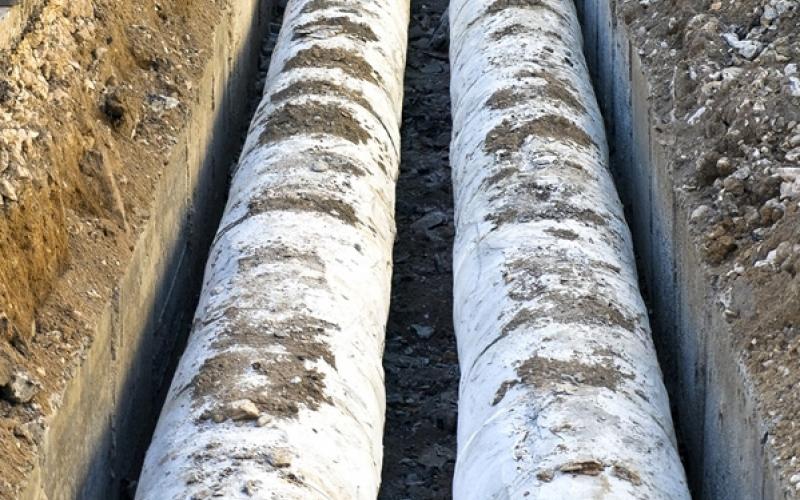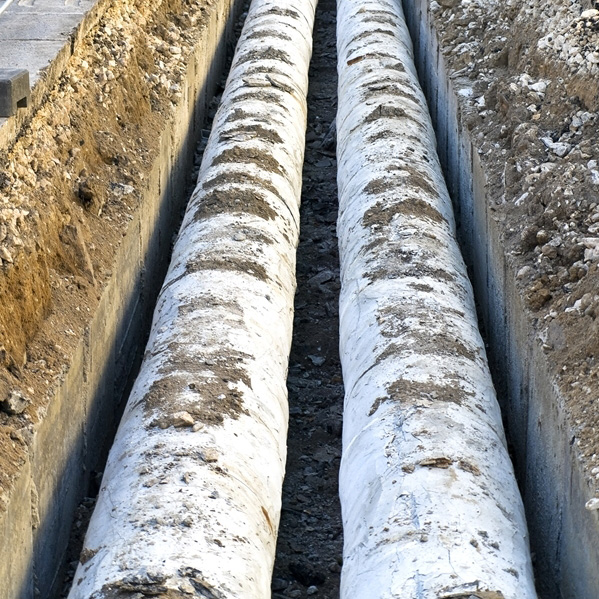Injustice in U.S. water distribution

Injustice in U.S. water distribution
Some populations – often those with the fewest resources and constituting a racial minority – ultimately pay more for basic water and sewer services than others.
Original Paper
Rachel Butts and Stephen Gasteyer, "More Cost per Drop: Water Rates, Structural Inequality, and Race in the United States—The Case of Michigan," Environmental Practice vol. 13, issue 4 (2011): 386-395.
Environmental justice traditionally focuses on problems of disproportionate exposure to environmental contamination, but a new study of Michigan instead examines disparate access to environmental services and finds that racial minorities pay more for basic water and sewer services than white people.
This injustice is not an explicit product of racism, but stems from historical and structural inequalities in urban demographics. White flight from the urban core combined with the fixed costs of water infrastructure has left minorities – often with less mobility and fewer employment opportunities – to shoulder greater municipal costs.
In other words, a significant proportion of the low-income population of Michigan's post-industrial cities, like Detroit, is expected to but cannot afford the burden of rate increases meant to offset infrastructure repairs, leading to tens of thousands of customers with their water turned off each year. The work was out of Michigan State University in Environmental Practice.
Using a combination of publically available data and calculations from the 2000 U.S. Census and U.S. Department of Agriculture, the researchers collected statistics on self-reported cost of water, race, "urbanicity" (that is, how urban an area is) and class, and then performed multivariate regression analysis to find interaction among variables. The study found that, after controlling for urbanicity and income, a relationship persisted between the proportion of racial minorities in a county and elevated water and sewage costs. In essence, though class is a critical determinant of access to environmental services in urban areas, race remains correlated with environmental injustice beyond any simple effects of class.
The release of this study coincides with a recent release by the American Society of Civil Engineers assessing the urgent need to upgrade the nation's water infrastructure. The report found that, though theE.P.A. estimated the capital cost of modernizing national water infrastructure was $91 billion in 2010, financing for that purpose in that same year amounted to only $35 million.
And though the price of decaying infrastructure is often considered a cost borne equally across society, the fragmented nature of the U.S. water system means that some populations – often those with the fewest resources and constituting a racial minority – ultimately pay more than others.
"Everything is wearing out, and we are going to have to grapple with how we pay for these so-called liquid assets that need to be upgraded," said one of the article's authors in a release. "At the same time, we need to be cognizant of who may be paying an unsustainable burden as those rates go up."




